Home>Garden Essentials>How Much Infill Is Needed For Artificial Grass Per Square Foot
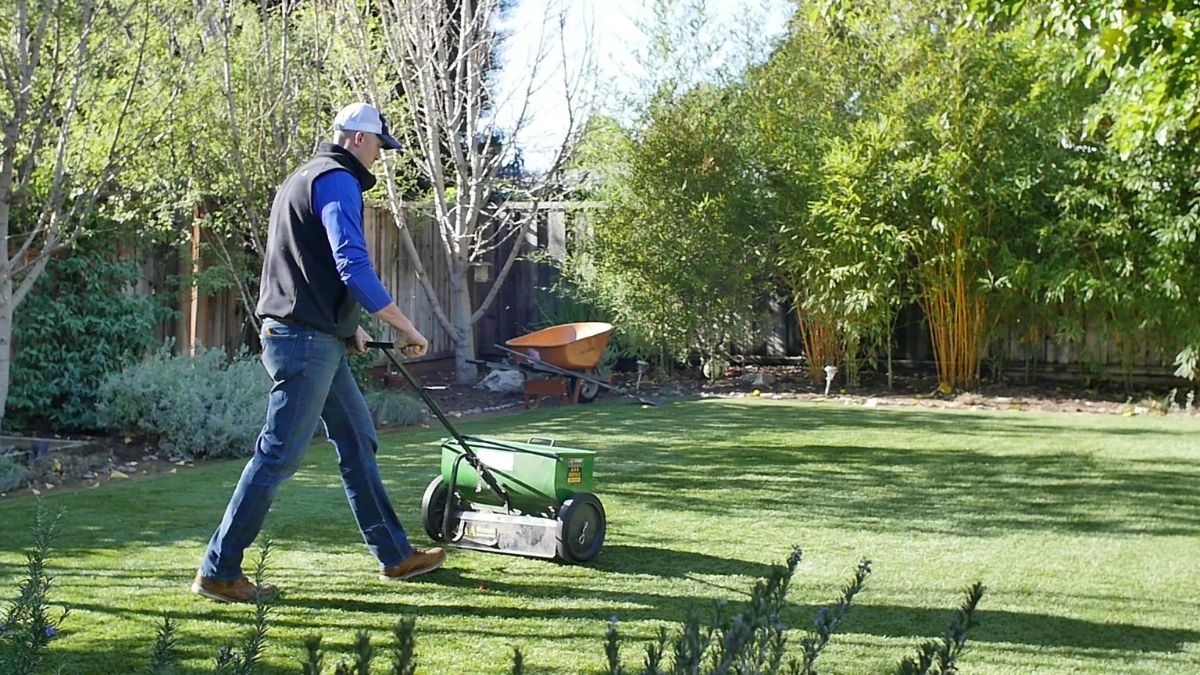

Garden Essentials
How Much Infill Is Needed For Artificial Grass Per Square Foot
Modified: October 20, 2024
Achieve a lush and low-maintenance garden with artificial grass. Discover the optimal amount of infill required per square foot for your garden transformation.
(Many of the links in this article redirect to a specific reviewed product. Your purchase of these products through affiliate links helps to generate commission for Storables.com, at no extra cost. Learn more)
Introduction
Welcome to the world of artificial grass! If you’re considering installing this low-maintenance and visually stunning alternative to natural grass, you’re in for a treat. Artificial grass has gained immense popularity in recent years due to its durability, versatility, and aesthetic appeal.
In this article, we will explore one crucial aspect of artificial grass installation – infill. Infill is a material that is spread over the artificial grass to provide stability, cushioning, and support. It helps to create a more natural and realistic look while allowing proper drainage and preventing the blades from matting down.
But how much infill is needed for artificial grass per square foot? This question often arises when planning an installation project. Don’t worry – we’ve got you covered. In this article, we’ll dive into the world of infill and provide you with all the information you need to determine the appropriate amount for your particular project.
So, let’s dig in and explore the wonderful world of artificial grass infill!
Key Takeaways:
- The amount of infill needed for artificial grass per square foot depends on factors like usage, grass type, climate, and budget. Consulting professionals and following manufacturer’s guidelines ensures the right amount for optimal performance.
- Efficient infill installation is crucial for artificial grass. Proper base preparation, using the right equipment, and evenly distributing infill are key. Regular maintenance ensures a visually appealing and low-maintenance outdoor space.
Read more: How Much Is Trex Decking Per Foot
What is Artificial Grass
Artificial grass, also known as synthetic turf or fake grass, is a man-made alternative to natural grass. It is made from a combination of synthetic fibers and materials that mimic the look and feel of real grass.
Artificial grass is designed to provide all the benefits of natural grass without the need for constant maintenance, watering, mowing, and fertilizing. It offers a lush and green appearance year-round, making it an ideal choice for residential lawns, commercial spaces, sports fields, and other outdoor areas.
The synthetic fibers used in artificial grass are typically made from materials such as polyethylene or polypropylene. These fibers are carefully designed to be durable, resistant to UV rays, and long-lasting. The blades of artificial grass can vary in length, texture, and color to create a natural-looking and realistic aesthetic.
Underneath the synthetic grass blades, there is typically a backing material that provides stability and support. This backing is often made from materials like latex or polyurethane, which help the grass retain its shape and structure.
Artificial grass is available in a range of styles, from short and dense to longer and more lush. This allows homeowners and businesses to choose the type of grass that best suits their needs and preferences. Some artificial grass products even include additional features like drainage systems to ensure proper water runoff.
Overall, artificial grass offers a low-maintenance and visually appealing solution for those who want to enjoy the benefits of a green and beautiful outdoor space without the hassle of traditional lawn care.
Benefits of Artificial Grass
Artificial grass offers a wide range of benefits that make it an attractive option for homeowners, businesses, and sports facilities. Here are some of the key advantages:
- Low Maintenance: One of the biggest advantages of artificial grass is its low maintenance requirements. Unlike natural grass, which needs constant mowing, watering, and fertilizing, artificial grass only requires occasional brushing and rinsing to keep it looking its best.
- Durability: Synthetic turf is designed to withstand heavy foot traffic, making it an excellent choice for areas that receive high usage. It can withstand different weather conditions, including heavy rain and extreme heat, without losing its color or texture.
- Water Conservation: Artificial grass is an eco-friendly choice as it eliminates the need for water-intensive irrigation systems. It helps conserve water resources and reduces water bills, making it a sustainable option.
- Year-Round Greenery: With artificial grass, you can enjoy a lush, green lawn all year round. It remains vibrant and beautiful regardless of the season, providing a visually appealing landscape even in regions with extreme weather conditions.
- Allergy-Free: For individuals with grass allergies, artificial grass offers a hypoallergenic alternative. It eliminates pollen, grass seeds, and other allergens that can cause discomfort, making it a great choice for allergy sufferers.
- Pet-Friendly: Artificial grass is pet-friendly and can withstand wear and tear caused by pets. It is resistant to staining and odors, and most artificial grass products have proper drainage systems that allow easy cleanup of pet waste.
- Sports Performance: Many sports facilities opt for artificial grass due to its consistent playing surface. It provides excellent traction, shock absorption, and ball roll characteristics, enhancing performance and reducing the risk of injuries.
- Cost-Effective: While the initial cost of installing artificial grass may be higher than natural grass, the long-term cost savings are significant. You’ll save on water bills, lawn maintenance equipment, and ongoing expenses associated with lawn care.
Overall, artificial grass offers a range of benefits that make it an attractive choice for those looking to enhance their outdoor spaces while reducing maintenance and costs. Its durability, aesthetics, and eco-friendliness make it a smart investment for both residential and commercial applications.
Infill for Artificial Grass: An Overview
Infill is an essential component of artificial grass installation. It is a material that is spread over the grass blades to provide stability, support, and cushioning. Infill aids in replicating the natural look and feel of real grass while improving the performance and longevity of the synthetic turf.
The primary functions of infill are to:
- Support the Blades: Infill helps the synthetic grass blades stand upright, preventing them from matting or flattening over time. This is crucial for maintaining a natural and realistic appearance.
- Aid in Drainage: Infill is designed to improve the drainage capabilities of the artificial turf. It ensures that water flows through the grass and efficiently drains away, preventing the formation of puddles and waterlogging.
- Provide Cushioning: Infill materials add a layer of cushioning to the artificial grass, creating a softer and more comfortable surface. This is especially important in sports fields and playgrounds, where impact absorption is essential to reduce the risk of injuries.
- Enhance Durability: By supporting the blades and providing cushioning, infill helps to extend the lifespan of the artificial grass. It prevents excessive wear and tear by distributing the weight and reducing friction.
There are different types of infill materials available, each with its own unique properties and characteristics. Common infill options include:
- Crumb Rubber: Made from recycled rubber tires, crumb rubber infill provides excellent shock absorption and resilience. It is commonly used in sports fields.
- Sand: Sand infill adds stability and helps the grass blades stand upright. It is best suited for low-traffic areas and residential lawns.
- Organic Materials: Some infill options use natural and organic materials, such as cork or coconut fibers. These materials offer environmentally friendly alternatives with good drainage properties.
- Acrylic Coated Sand: This type of infill combines sand with a coating of acrylic to provide enhanced durability and prevent compaction.
The choice of infill material depends on various factors, including the intended use of the artificial grass, local climate conditions, and personal preferences. Consulting with a professional or installer can help determine the most suitable infill option for your specific project.
It’s important to note that infill is not always required for every artificial grass installation. Some synthetic turf products come with an integrated or built-in infill, eliminating the need for additional infill material. However, for optimal performance and longevity, infill is generally recommended.
Now that we have a general understanding of infill for artificial grass, let’s explore the factors that can affect the amount of infill needed for a specific installation in the next section.
Factors Affecting Infill Requirements
The amount of infill needed for an artificial grass installation can vary depending on several factors. Understanding these factors will help determine the appropriate amount of infill required for your specific project. Here are some key considerations:
- Intended Use of the Area: The level of foot traffic and usage the area will receive plays a significant role in determining the infill requirements. High-traffic areas like sports fields or playgrounds may require more infill to provide adequate support and cushioning.
- Type of Synthetic Grass: Different types of artificial grass have varying pile heights, density, and blade shapes. These factors can influence the amount of infill needed. Longer and denser grasses typically require more infill to maintain their shape and stability.
- Climate and Drainage: The local climate and drainage capabilities of the area should also be considered. In areas with heavy rainfall, proper drainage is crucial, and the infill should allow for efficient water flow. Additionally, regions with extreme temperatures may require specific infill materials that can withstand heat or freezing conditions.
- Desired Aesthetic and Feel: The desired appearance and feel of the artificial grass also play a role in determining the infill requirements. Some individuals prefer a softer and more cushioned surface, while others may prioritize durability and firmness.
- Budget Constraints: The available budget for the project may also impact the choice and amount of infill. Some infill materials may be more expensive than others, so it’s important to consider the cost implications when determining the quantity needed.
It is essential to consult with an experienced installer or professional who can assess these factors and provide guidance on the appropriate amount of infill for your specific project. They will consider the unique requirements and help you make an informed decision based on their expertise.
Next, let’s delve into the process of calculating the quantity of infill needed per square foot of artificial grass.
The amount of infill needed for artificial grass is typically 1.5 to 2.5 pounds per square foot. This helps to support the blades and provide stability.
Read more: How Much Is Fake Grass Per Square Meter
Determining the Amount of Infill Needed
To determine the amount of infill needed for your artificial grass installation, you’ll need to consider the dimensions of the area and the specific recommendations of the manufacturer or installer. Here’s a step-by-step guide:
- Measure the Area: Start by measuring the length and width of the area where the artificial grass will be installed. Multiply these measurements to find the total square footage.
- Check Manufacturer Recommendations: Consult the manufacturer’s guidelines or installation instructions for recommendations on the amount of infill needed per square foot. The manufacturer will typically provide a range or specific weight requirement.
- Consider the Type of Grass: Take into account the specific type of artificial grass you’re using, as different grasses may have varying infill requirements based on their pile heights, density, and other factors.
- Determine the Infill Depth: Infill depth refers to the height or thickness of the infill layer. Typically, a minimum depth of ½ inch to 1 inch is recommended for most installations, but this can vary depending on the intended use and requirements of the area.
- Calculate the Total Infill Weight: To calculate the total infill weight, multiply the total square footage of the area by the recommended infill weight per square foot. This will give you the estimated amount of infill material required for your specific project.
Keep in mind that these calculations provide a starting point, and it’s always advisable to consult with a professional installer who can assess the unique factors of your project and provide more accurate recommendations.
It’s worth noting that professionals often rely on their experience and expertise to determine the appropriate amount of infill needed, considering factors such as the type of infill material, installation techniques, and site-specific conditions. Their input can ensure optimal performance and longevity of your artificial grass.
Now that we understand how to calculate the amount of infill needed, let’s move on to some tips for installing infill efficiently.
Calculating Infill Quantity per Square Foot
Calculating the infill quantity per square foot is a crucial step in the artificial grass installation process. This calculation ensures that you have the appropriate amount of infill material to achieve the desired performance and aesthetics. Here’s a simple method to calculate the infill quantity:
- Measure the Area: Measure the length and width of the installation area in feet. Multiply these measurements to obtain the total square footage of the area.
- Check Manufacturer Recommendations: Refer to the manufacturer’s guidelines or installation instructions to determine the recommended amount of infill material per square foot. This information is typically provided in terms of weight (e.g., pounds per square foot).
- Convert Weight to Volume: Determine the volume of the recommended infill material based on its weight. This conversion may require knowing the density of the infill material. For example, if the recommended infill weight is given in pounds per square foot, you would need to convert it to cubic feet. Divide the recommended weight by the density to obtain the volume in cubic feet.
- Calculate the Infill Quantity: Multiply the total square footage of the area by the volume of infill material per square foot. This will give you the total volume of infill material needed for the installation.
It’s important to note that the recommended infill quantity provided by the manufacturer should be seen as a general guideline. Factors such as the type of infill material, desired performance characteristics, and installation conditions may influence the actual amount of infill material required. Consulting with a professional installer can help you fine-tune the infill quantity calculation based on your specific project needs.
By calculating the infill quantity accurately, you can ensure that you have enough material to achieve the desired performance, durability, and aesthetic appearance of your artificial grass installation.
Now that we have a clear understanding of calculating the infill quantity, let’s explore some useful tips for installing infill efficiently.
Tips for Installing Infill Efficiently
Installing infill efficiently is essential to ensure the proper performance and longevity of your artificial grass. Here are some helpful tips to make the infill installation process smooth and efficient:
- Prepare the Base: Before adding infill, make sure the base is properly prepared. This includes removing any debris, rocks, or uneven surfaces, and ensuring proper compaction and drainage.
- Use the Right Equipment: Use a drop spreader or a broadcast spreader to evenly distribute the infill material. This will ensure uniform coverage and prevent clumping or overloading in certain areas.
- Apply in Several Passes: Instead of applying all the infill in one go, consider applying it in multiple passes. This allows you to spread the infill evenly and ensures better distribution throughout the grass blades.
- Brush Infill into the Grass: After spreading the infill, use a power broom or stiff bristle brush to work the infill into the grass blades. This helps to evenly distribute the material and ensure it reaches the desired depth.
- Pay Attention to High-Traffic Areas: Areas that will receive heavier foot traffic or frequent use, such as pathways or sports fields, may require additional infill. Be sure to focus on these areas during the installation process to maintain optimal support and cushioning.
- Avoid Excessive Infill: While it’s important to ensure sufficient infill for proper support, avoid overfilling the grass. Excessive infill can lead to poor drainage, a harder surface, and an unnatural appearance. Maintaining the recommended infill depth will help achieve the desired feel and aesthetics.
- Regularly Brush and Maintain: After installing the infill, continue to brush the artificial grass regularly to maintain its appearance and prevent the infill from settling. This will help keep the synthetic blades upright and ensure even distribution of the infill material.
- Consult with Professionals: If you’re unsure about the infill installation process or require specific guidance for your project, don’t hesitate to consult with professional installers. They have the expertise and experience to ensure a seamless and efficient installation.
By following these tips, you can ensure a successful infill installation and enjoy the benefits of a well-maintained and visually appealing artificial grass surface.
Now, let’s recap the key points we’ve covered in this article.
Conclusion
Infill plays a crucial role in the installation of artificial grass, providing stability, support, and a natural look and feel. By understanding the factors that affect infill requirements and calculating the appropriate quantity per square foot, you can ensure optimal performance and longevity of your artificial grass surface.
Remember to consider factors such as the intended use of the area, the specific type of grass, climate conditions, and personal preferences when determining the amount of infill needed. Consulting with professionals and following manufacturer’s guidelines will help you make informed decisions.
Efficient installation of infill is vital to achieve the desired performance and aesthetics. Preparing the base properly, using the right equipment, and applying the infill in multiple passes are all key steps. Brushing the infill into the grass blades and paying attention to high-traffic areas will also contribute to a successful installation.
By adhering to these guidelines and regularly maintaining your artificial grass, you can enjoy the many benefits it offers – from low maintenance and water conservation to a lush, green appearance all year round. Whether it’s for your residential lawn, a sports field, or a commercial space, artificial grass provides a durable and visually appealing alternative to natural grass.
So, go ahead and explore the world of artificial grass, create beautiful outdoor spaces, and embrace the convenience and beauty it brings. Say goodbye to the challenges of traditional lawn care and welcome the hassle-free enjoyment of artificial grass!
Frequently Asked Questions about How Much Infill Is Needed For Artificial Grass Per Square Foot
Was this page helpful?
At Storables.com, we guarantee accurate and reliable information. Our content, validated by Expert Board Contributors, is crafted following stringent Editorial Policies. We're committed to providing you with well-researched, expert-backed insights for all your informational needs.

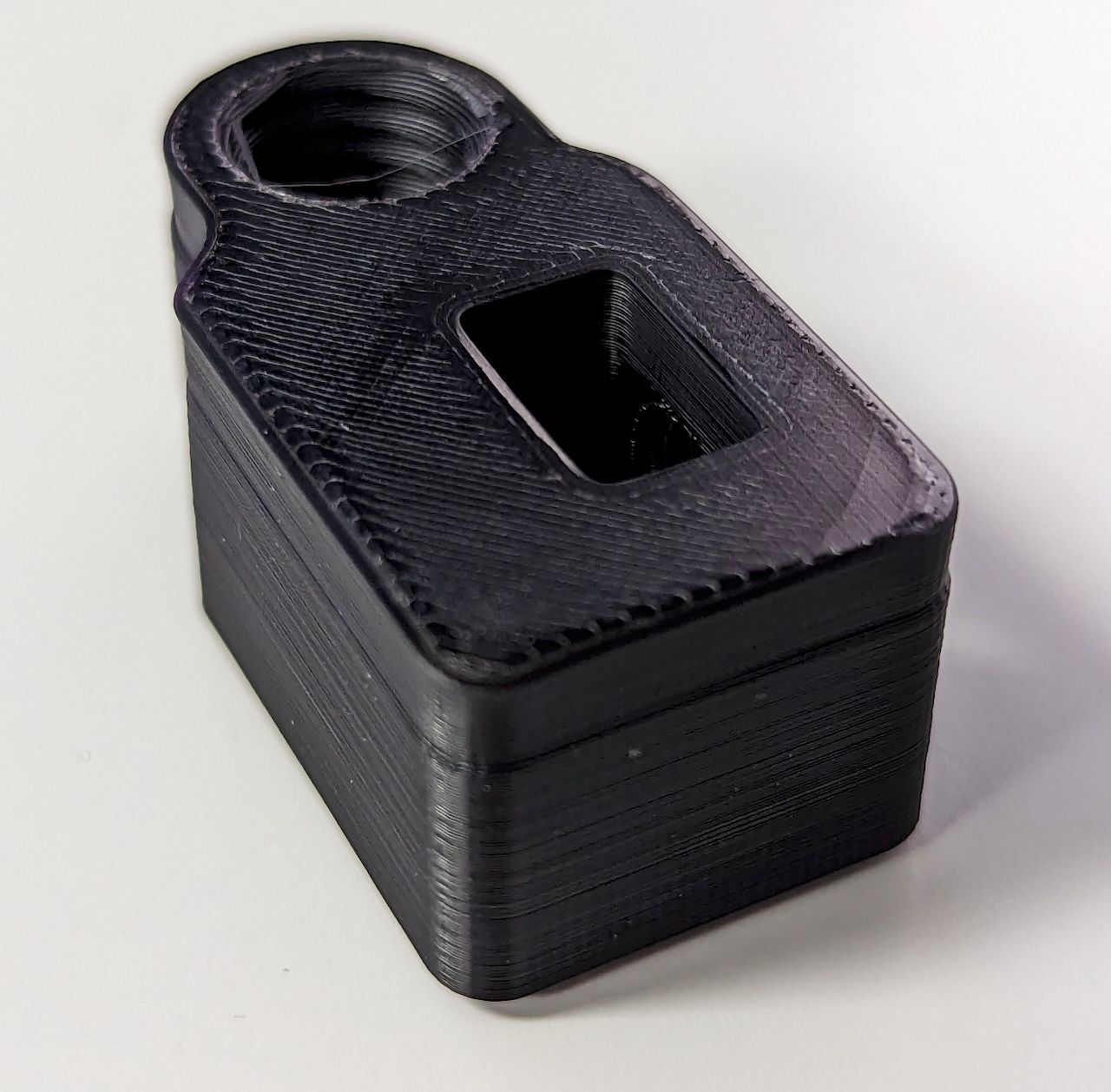


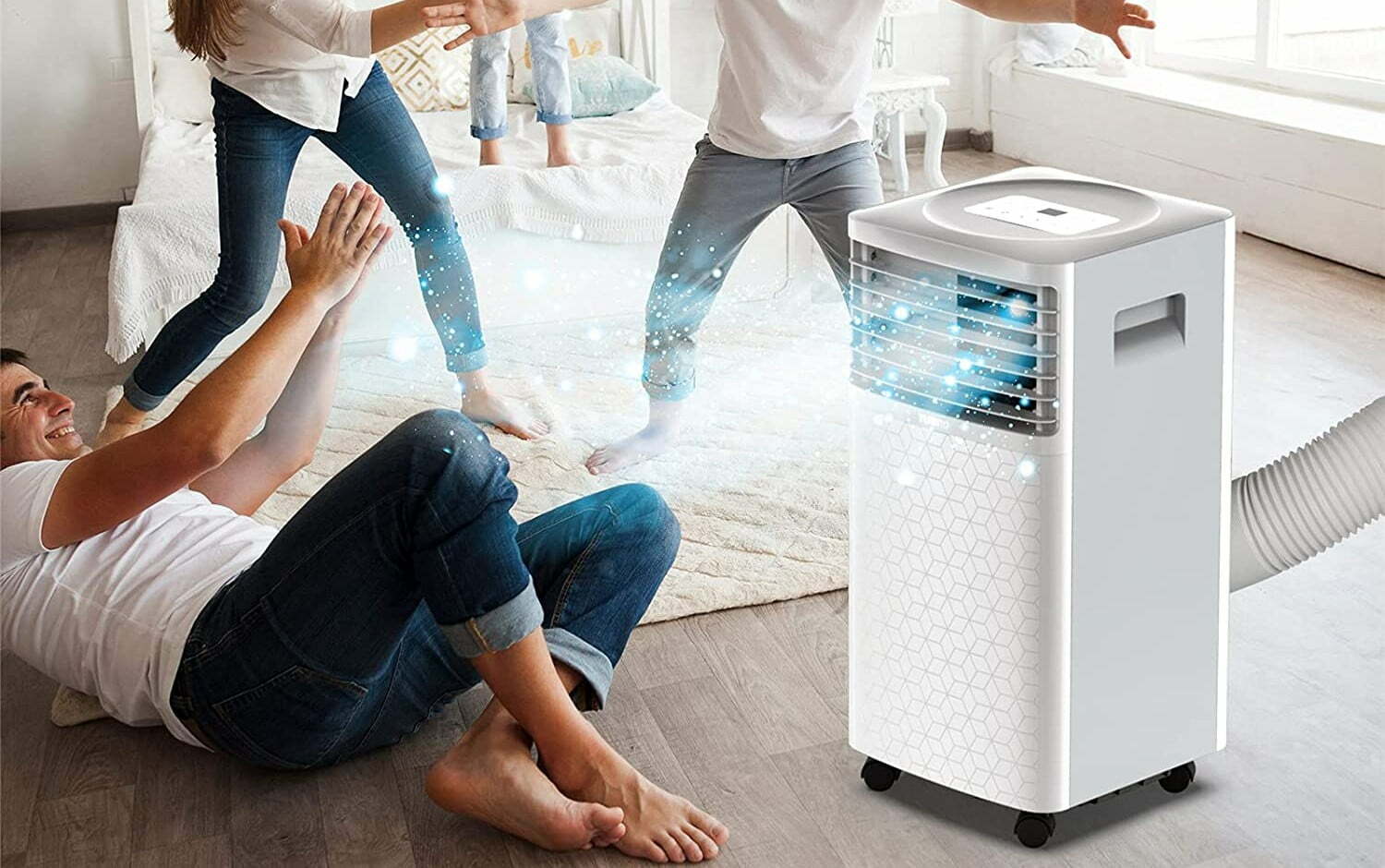
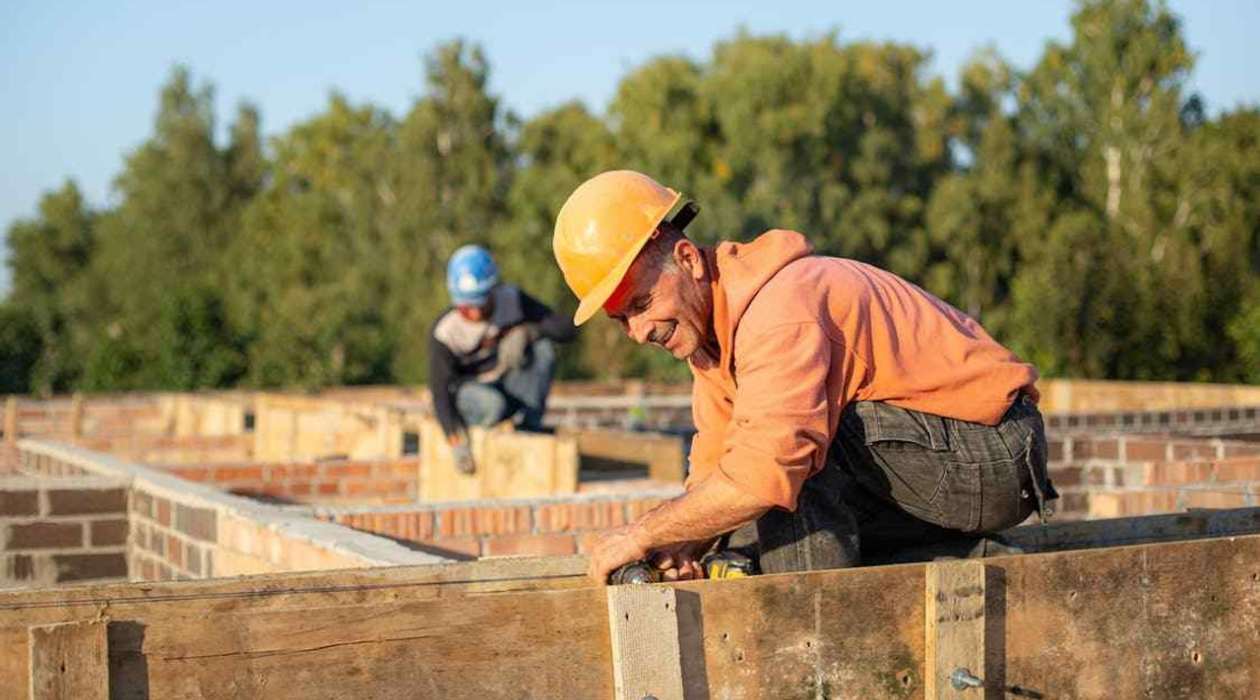

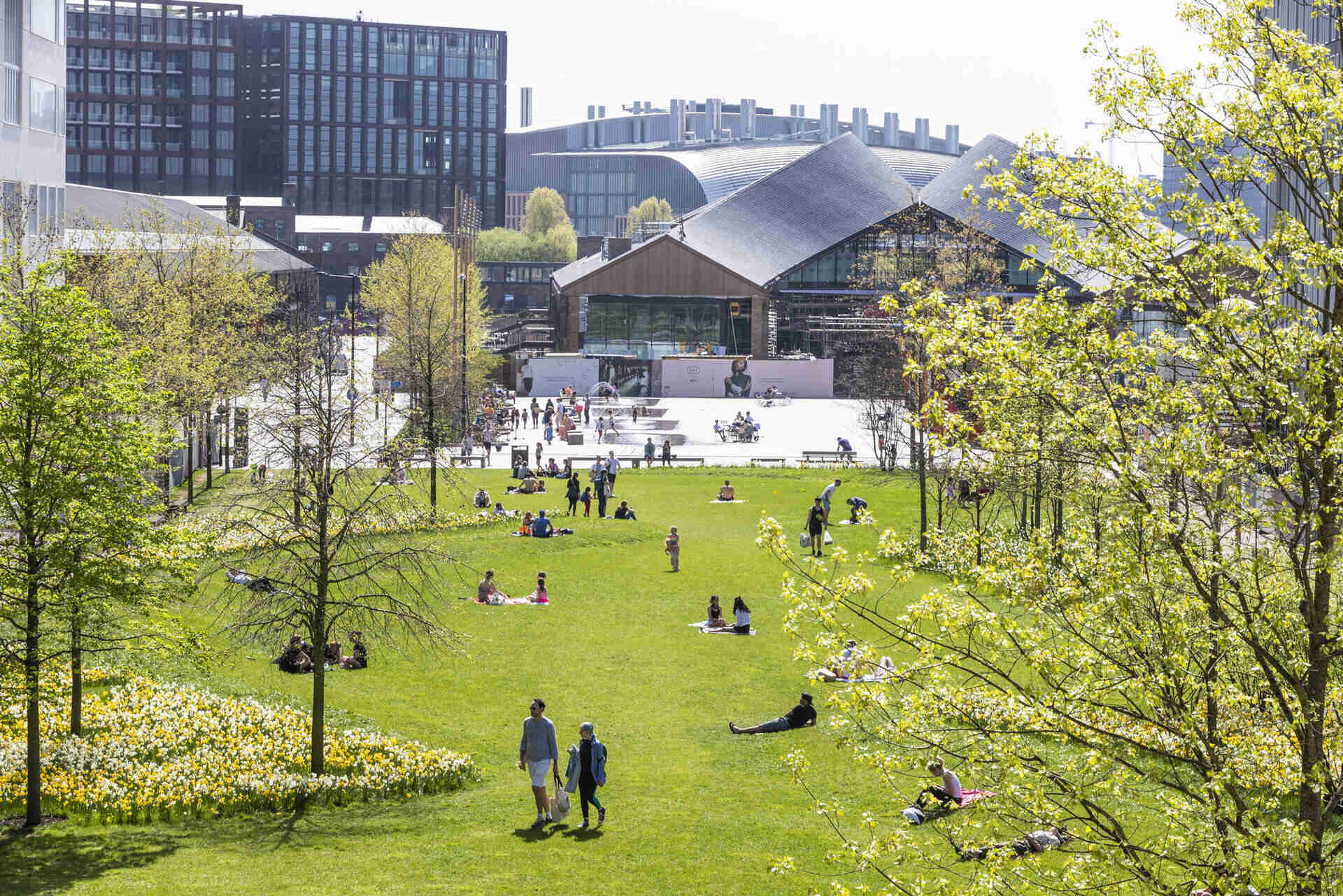
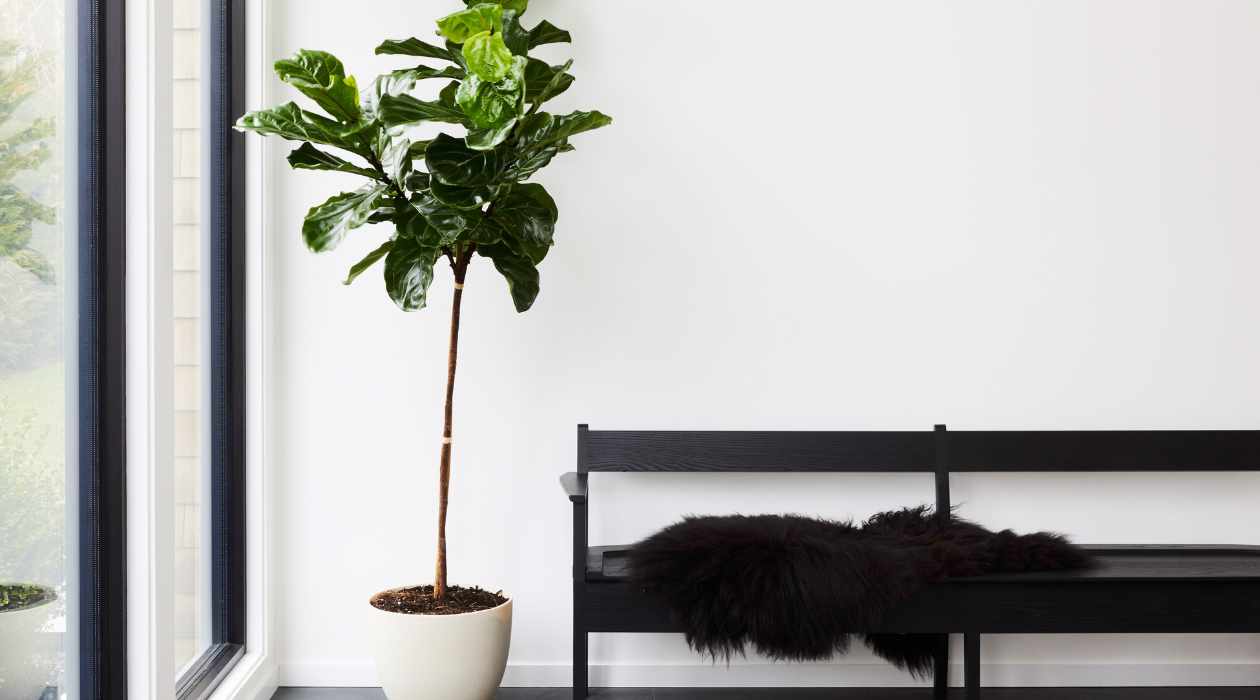
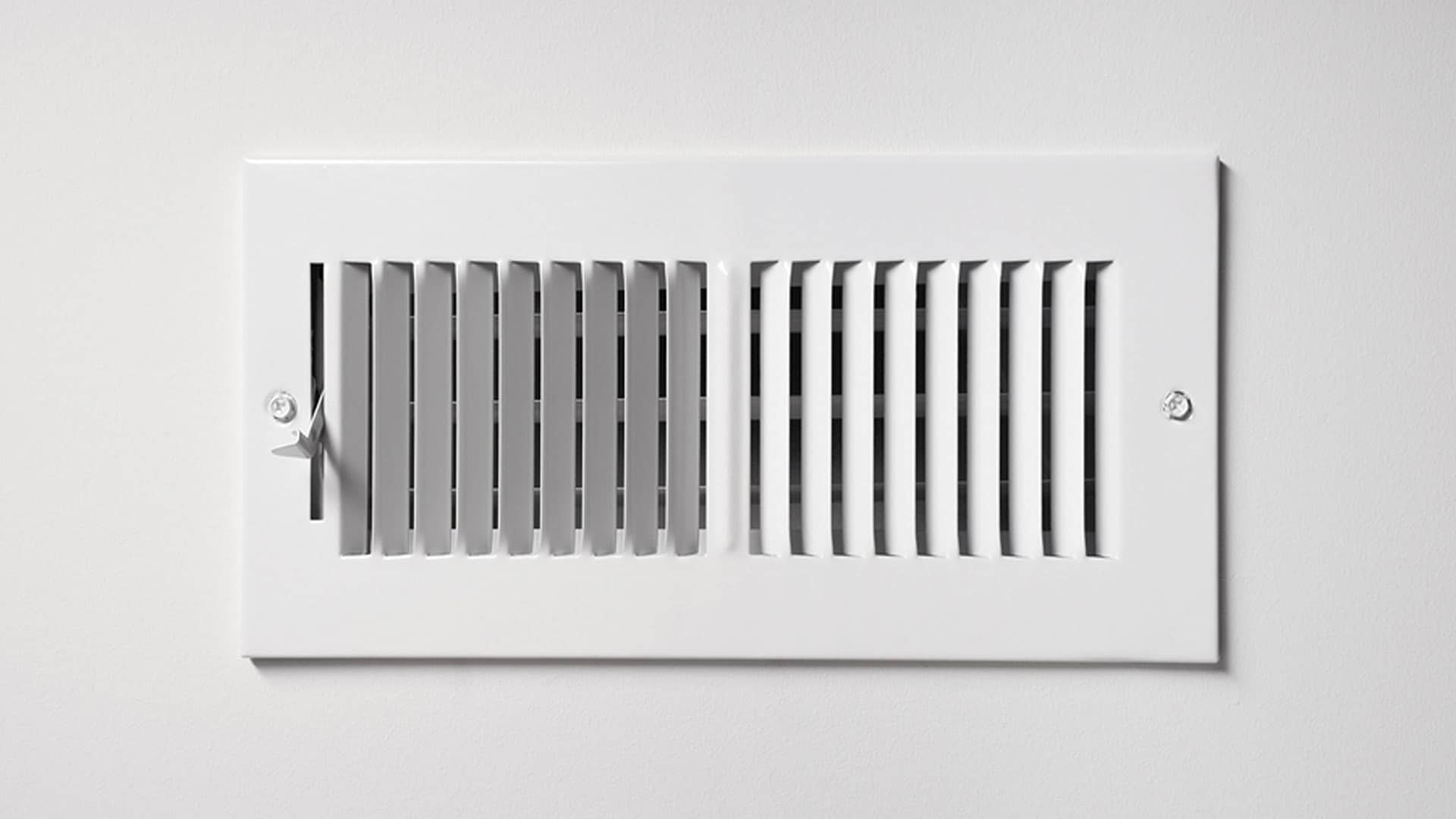
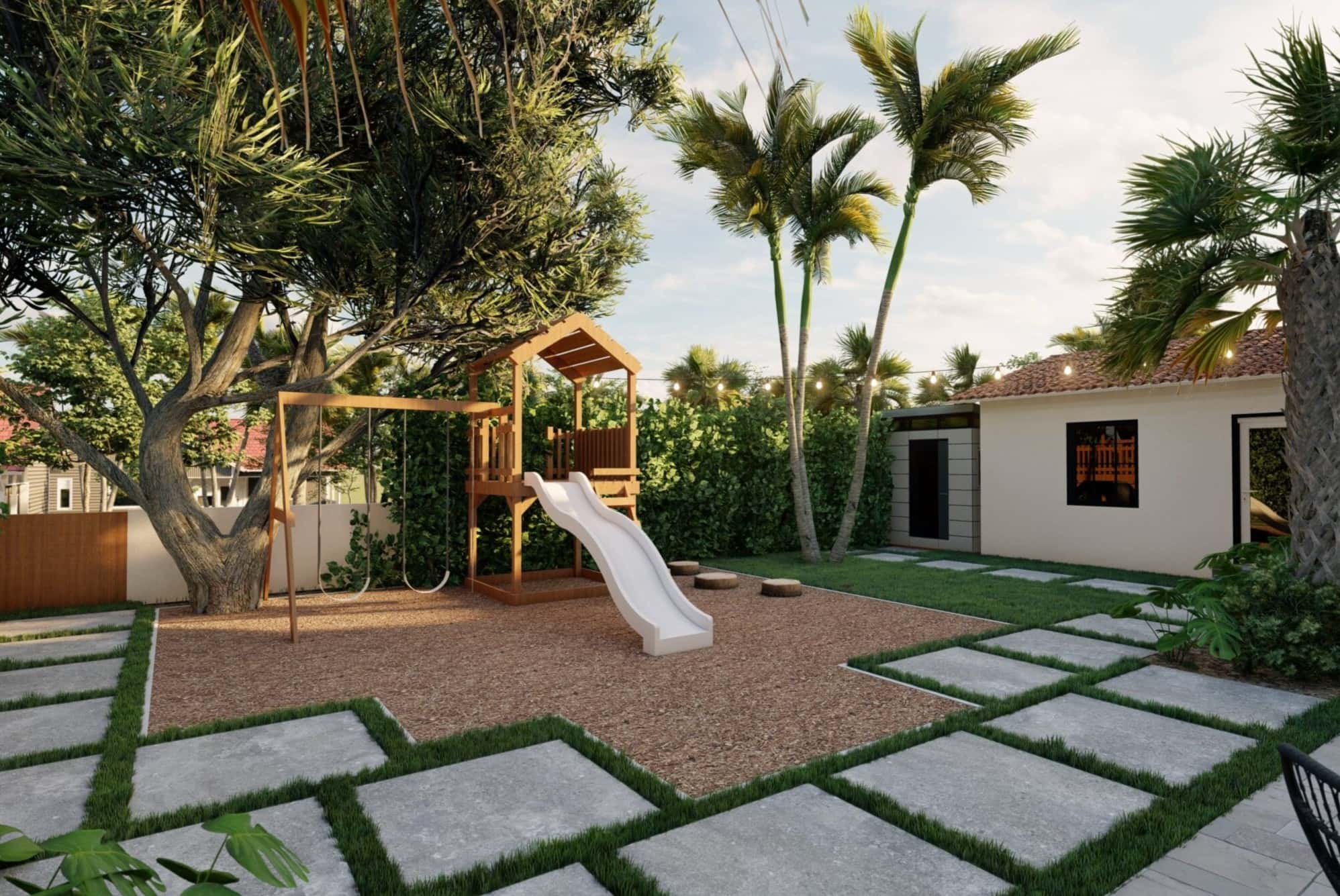
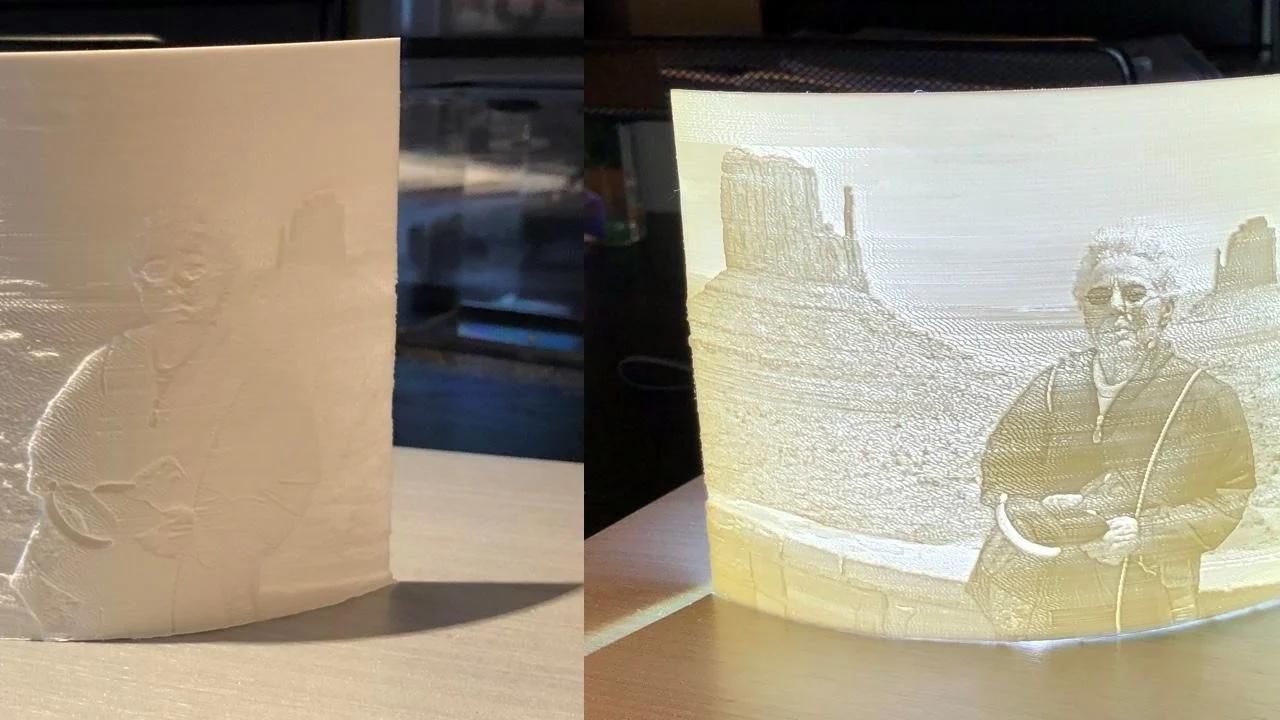
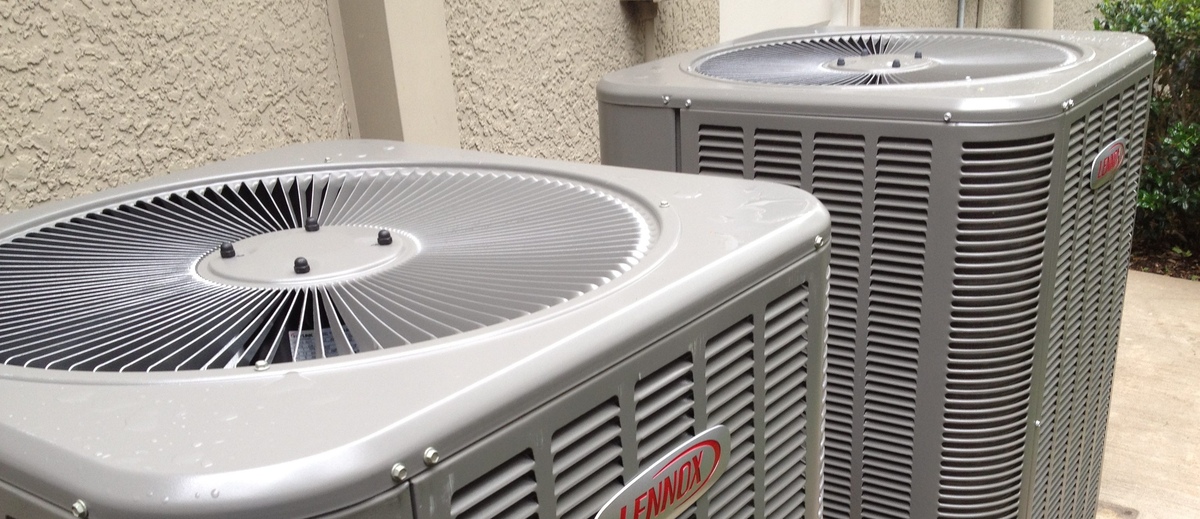
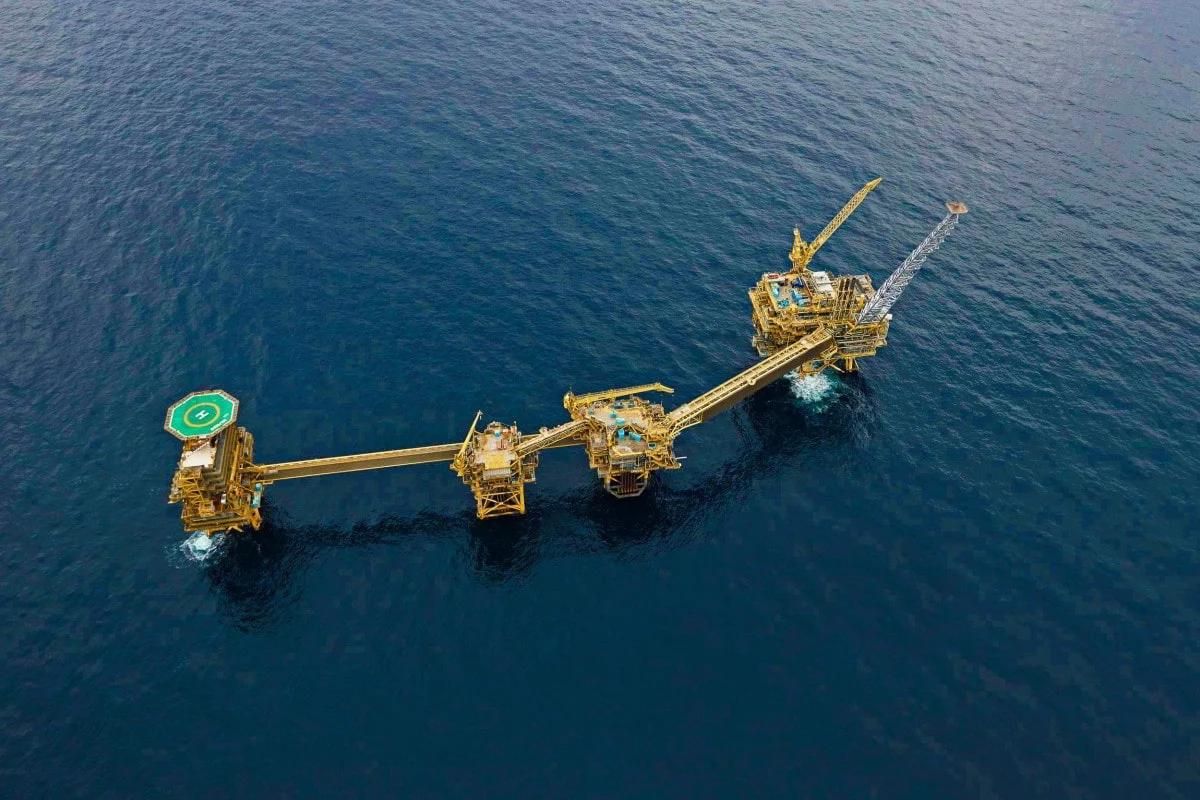

0 thoughts on “How Much Infill Is Needed For Artificial Grass Per Square Foot”